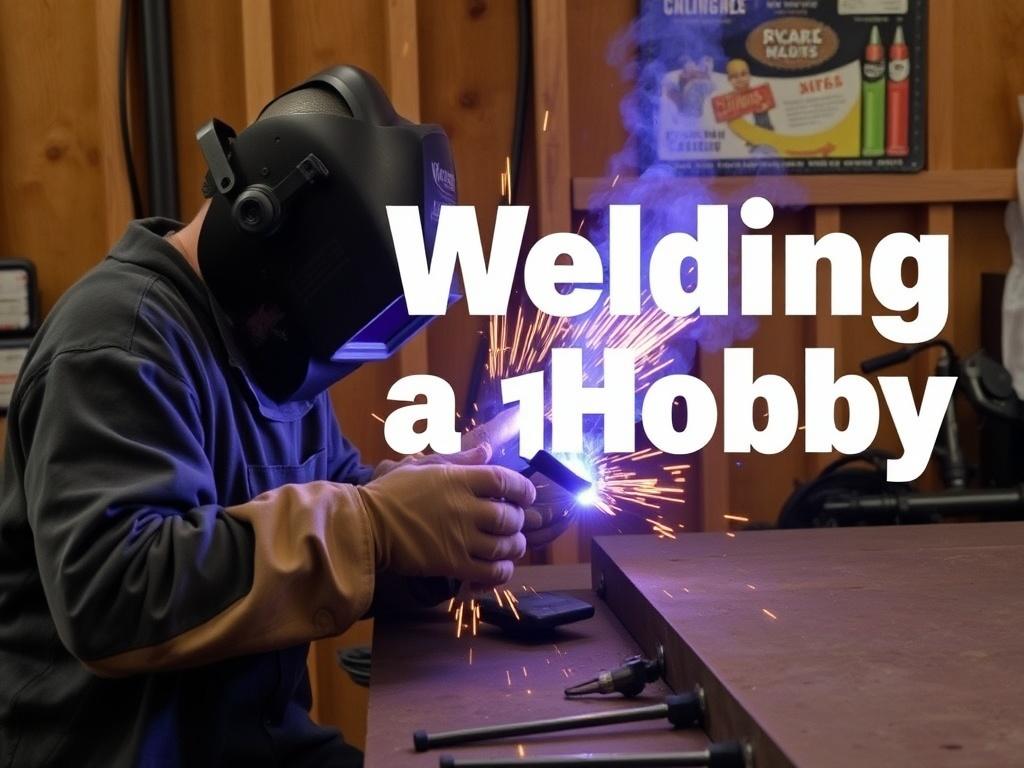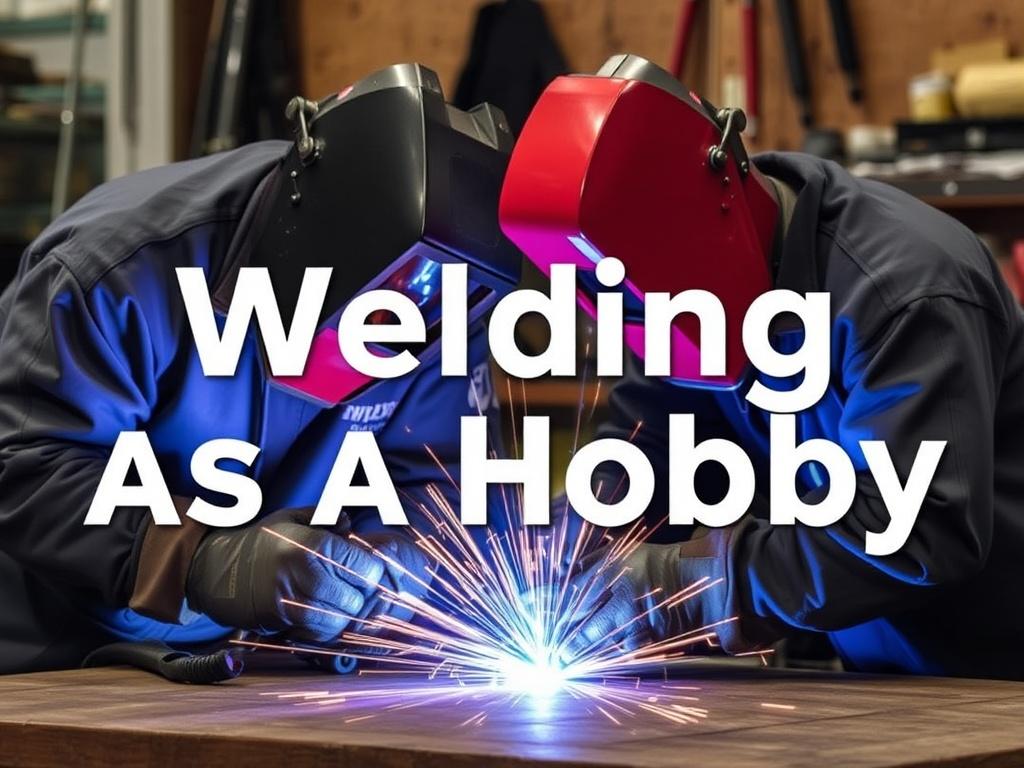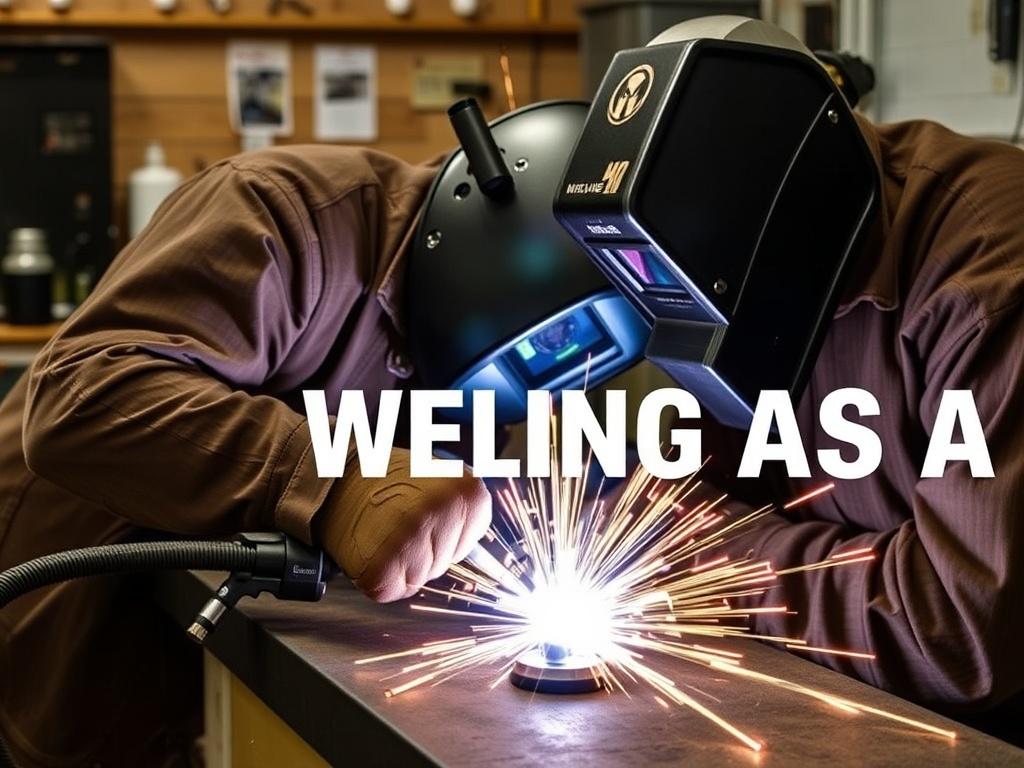
SQLITE NOT INSTALLED
Have you ever admired the intricate metal sculptures in parks or the sturdy, handmade furniture pieces in boutique stores and wondered how they were created? The magic behind these creations often involves welding — an age-old craft that combines artistry, precision, and technical skill. But what if I told you that welding is not just a profession but a fascinating and rewarding hobby that you can start on a budget? Whether you are a DIY enthusiast, a maker, or simply someone wanting to create with your hands, welding opens a world of possibilities.
In this detailed article, we’ll explore the exciting world of welding as a hobby, guiding you through the essentials of how to get started, what equipment you need, and how you can do it without breaking the bank. We’ll also introduce you to different types of welding, safety tips, and project ideas to inspire your journey. So grab your curiosity and let’s spark your interest in welding!
Why Choose Welding as a Hobby?

Welding might sound like a daunting and purely industrial activity, but in reality, it’s a deeply creative and rewarding hobby. Here’s why many people are choosing welding as their craft of choice.
Firstly, welding lets you bring your ideas to life in metal — a medium that, unlike wood or plastic, feels permanent and robust. Whether you want to construct custom furniture, build garden art, or repair old items around the house, welding gives you the ability to do so.
Moreover, learning welding as a hobby can be highly satisfying. Each piece you weld represents a concrete achievement. From the fusion of metal parts to the shaping and finishing touches, the entire process is hands-on and rewarding. Many hobbyists even find the rhythmic sound of the welding torch and the focus required to be almost meditative.
Lastly, it’s a skill that adds value to your life. Imagine being able to fix broken metal railings, design your own furniture, or create gifts no one else can make — all while saving money and enjoying a fulfilling pastime.
Key Benefits of Welding as a Hobby
- Creativity and Practicality: Combine artistic vision with practical skills.
- Self-Sufficiency: Repair and create without depending on professionals.
- Problem Solving: Each project poses new challenges.
- Cost-Effective: Start small and upgrade tools gradually on a budget.
- Community: Join welding clubs or online forums for support and inspiration.
Different Types of Welding to Explore

Before diving in headfirst, it’s helpful to understand the main types of welding you might encounter as a hobbyist. Each method has its advantages, suited projects, and budget considerations. Here’s a quick overview:
| Welding Type | How it Works | Best for Hobby Projects | Cost Considerations |
|---|---|---|---|
| MIG Welding (Metal Inert Gas) | Uses a wire electrode fed through a welding gun with a shielding gas protecting the weld. | Beginners; fast and easy welding of thin to medium metals. | Moderate setup cost; requires a welder, gas supply, and consumables. |
| TIG Welding (Tungsten Inert Gas) | Uses a tungsten electrode and an inert gas for precision welding. | Fine, artistic metal work; high control and clean welds. | Higher initial cost; more skill needed; gas and consumables required. |
| Stick Welding (SMAW) | Uses a consumable electrode coated in flux to create the weld. | Outdoor or heavy-duty projects; thicker metals. | Low cost for equipment; consumables can add up. |
| Flux-Cored Arc Welding (FCAW) | Similar to MIG but uses flux inside the wire instead of external shielding gas. | Outdoor work; easier for beginners; thicker metals. | Moderate cost; no gas needed but wire and equipment required. |
Getting Started: Essentials for Welding on a Budget
One of the most exciting parts of welding as a hobby is the ability to start small — and grow your workshop over time. Unlike some hobbies that demand expensive startup equipment, welding can be approached thoughtfully with budget in mind.
Basic Equipment You’ll Need
At a minimum, here’s what you need to begin your welding journey:
- Welder Machine: Choose the type of welding from above that suits your goals and budget.
- Protective Gear: Welding helmet with auto-darkening feature (if possible), gloves, jacket, and boots.
- Work Surface: A sturdy metal table or welding bench.
- Safety Supplies: Fire extinguisher, proper ventilation for fumes, welding curtains.
- Consumables: Electrodes, welding wire, and shielding gas (if applicable).
You might be thinking, “That sounds expensive!” But here’s the good news: you can buy used welders, borrow safety gear from friends or clubs, or start with stick welding where the equipment is simpler and less pricey.
Tips for Saving Money While Starting Welding
- Buy Used Equipment: Many hobby welders upgrade tools regularly — their older gear can be very affordable.
- Start with Stick Welding: Stick welders are often the most affordable and versatile for beginners.
- DIY Workbench: Build your own welding table with scrap metal or heavy wood.
- Join Workshops: Many community colleges or maker spaces offer welding classes, saving you from buying equipment initially.
- Shop for Deals: Look for seasonal sales on consumables and gear.
The Importance of Safety in a Welding Hobby
Welding is a craft that involves molten metal, electric current, intense heat, and potentially hazardous fumes. Even as a hobbyist, safety cannot be overstated. Developing good safety habits protects you and those around you.
First, always wear a proper welding helmet. Auto-darkening helmets make it easier to see your work and protect your eyes from harmful ultraviolet and infrared light. Remember to use gloves rated for welding and wear long sleeves and sturdy pants to protect from sparks.
Ventilation is vital. Inhaling welding fumes repeatedly can be dangerous. Try to weld in a well-ventilated garage, outdoors, or use an exhaust fan system. Keep a fire extinguisher nearby in case sparks ignite nearby materials.
Never work with welding equipment when you are tired or distracted. Focus and respect for the process go hand in hand. And finally, familiarize yourself with first aid procedures for burns and electrical injuries.
Quick Safety Checklist
| Safety Item | Purpose | Notes |
|---|---|---|
| Welding Helmet | Protect eyes and face from sparks and UV rays. | Auto-darkening is recommended; cheap fixed-shade helmets are also an option. |
| Leather Gloves | Protect hands from heat and sparks. | Preferably long-cuffed gloves. |
| Fire-Resistant Jacket | Protect body from molten metal. | Can be bought or improvised with heavy cotton. |
| Proper Footwear | Protect feet from falling hot objects. | Leather boots with steel toes ideal. |
| Ventilation | Reduce inhalation of harmful fumes. | Use fans or weld outdoors. |
Finding Learning Resources for Welding as a Hobby
Starting any new hobby can feel overwhelming, but the good news is there is an abundance of free and affordable learning resources available to welding hobbyists. With patience and practice, you can rapidly increase your skill and confidence.
Online Tutorials and Videos
The internet is a treasure trove of welding knowledge. YouTube channels dedicated to welding demonstrate everything from basic techniques to advanced projects. Some popular channels include WeldingTipsandTricks, The Fabrication Series, and ChuckE2009. Many creators offer step-by-step explanations with helpful visuals.
Books and Manuals
If you prefer learning from books, there are excellent guides tailored for beginners that explain welding theory, tools, and realistic projects. Some classics are “Welding for Dummies” and “Metal Fabricator’s Handbook.” These often include pictures and detailed progressions suitable for hobbyists.
Local Classes and Workshops
Check out community colleges, trade schools, or maker spaces in your area. Many offer beginner welding courses or workshops. These can be fantastic because you get hands-on experience with supervision and access to equipment without upfront investment.
Budget-Friendly Welding Projects to Try
Nothing motivates like a rewarding project. After acquiring some gear and learning the basics, it’s time to put your newfound skills to work. Here’s a list of simple, fun projects that are perfect for welding hobbyists on a budget.
Project Ideas
- Metal Plant Stand: Use scrap angle iron to build an attractive stand for your indoor plants.
- Garden Trellis: Shape lightweight steel rods into a functional and decorative trellis for climbing plants.
- Custom Fire Pit Ring: Upgrade your backyard with a homemade fire pit made from recycled metal sheets.
- Wall Art: Create geometric or themed metal wall hangings — a fantastic way to experiment with welding beads and patterns.
- Simple Tool Rack: Organize your workshop using welded metal hooks and frames.
Material Sources to Keep Costs Low
One trick to keeping your welding hobby budget-friendly is sourcing materials smartly. Many hobbyists find scrap metal from:
- Metal fabrication shops (ask if they have leftovers or offcuts)
- Construction dumpsters (with permission)
- Recycling centers buying scrap metal
- Old appliances or machinery
- Recycle centers offering free steel or iron pieces
Using scrap or recycled metal not only saves money but also adds a unique story and character to your projects.
Common Challenges Welding Hobbyists Face and How to Overcome Them
Beginning welding can feel intimidating — after all, you’re working with hot metal and electricity. But don’t let these challenges put you off. Many were once beginners who faced the same hurdles.
Challenge: Difficulty in Controlling the Weld Bead
The weld bead is the melted metal line that fuses two parts. Beginners often struggle with bead consistency — it might be too thin, too thick, or contain gaps.
Solution: Practice on scrap metal first. Experiment with welding speed, wire feed rate (for MIG), and angle of the torch. Watching detailed tutorial videos and adjusting your technique step-by-step is key.
Challenge: Equipment Setup and Maintenance
Welding machines can be confusing to set up, especially when introducing shielding gases or adjusting amperage.
Solution: Read the user manual carefully. Join welding forums or clubs and ask questions — the welding community is generally very supportive. Remember to clean and maintain your equipment regularly for the best results.
Challenge: Budget Constraints
It’s tempting to buy the flashiest welder or the newest helmet immediately, but expenses can pile up.
Solution: Prioritize safety gear first, then buy the most basic welder that fits your needs. Upgrade tools as your skills and budget grow. Shopping used equipment, borrowing, or sharing resources is a smart approach.
Joining the Welding Community: Connect and Grow

One of the greatest joys in having welding as a hobby is joining a community of like-minded makers. Whether online or in-person, connecting with other welding enthusiasts will accelerate your learning and bring inspiration.
Popular Online Forums and Social Media Groups
- Reddit’s r/Welding: Active with Q&A, project sharing, tips, and gear reviews.
- Weld Talk Forums: Long-standing place for welders to discuss everything welding.
- Facebook Groups: Search for “Hobby Welding” or “DIY Welding projects” groups.
Local Clubs and Maker Groups
Many cities have maker spaces that include welding bays or clubs dedicated to metalworking. These spots often offer shared equipment, group classes, project nights, and friendly advice. Use platforms like Meetup.com or community bulletin boards to find local groups.
Wrapping Up: Your Welding Hobby Awaits
Welding as a hobby is much more than just joining metal — it’s an exciting gateway to creativity, craftsmanship, and empowerment. Starting on a budget is entirely possible, and the rewards come not just in the projects you build but in the skills and problem-solving mindset you develop.
Remember to approach your welding hobby with patience, respect for safety, and a willingness to learn. Utilize low-cost equipment options, tap into free learning resources, and connect with the welding community to enrich your experience.
So, what are you waiting for? It’s time to light your welding torch and begin your journey into the fascinating world of welding as a hobby!
